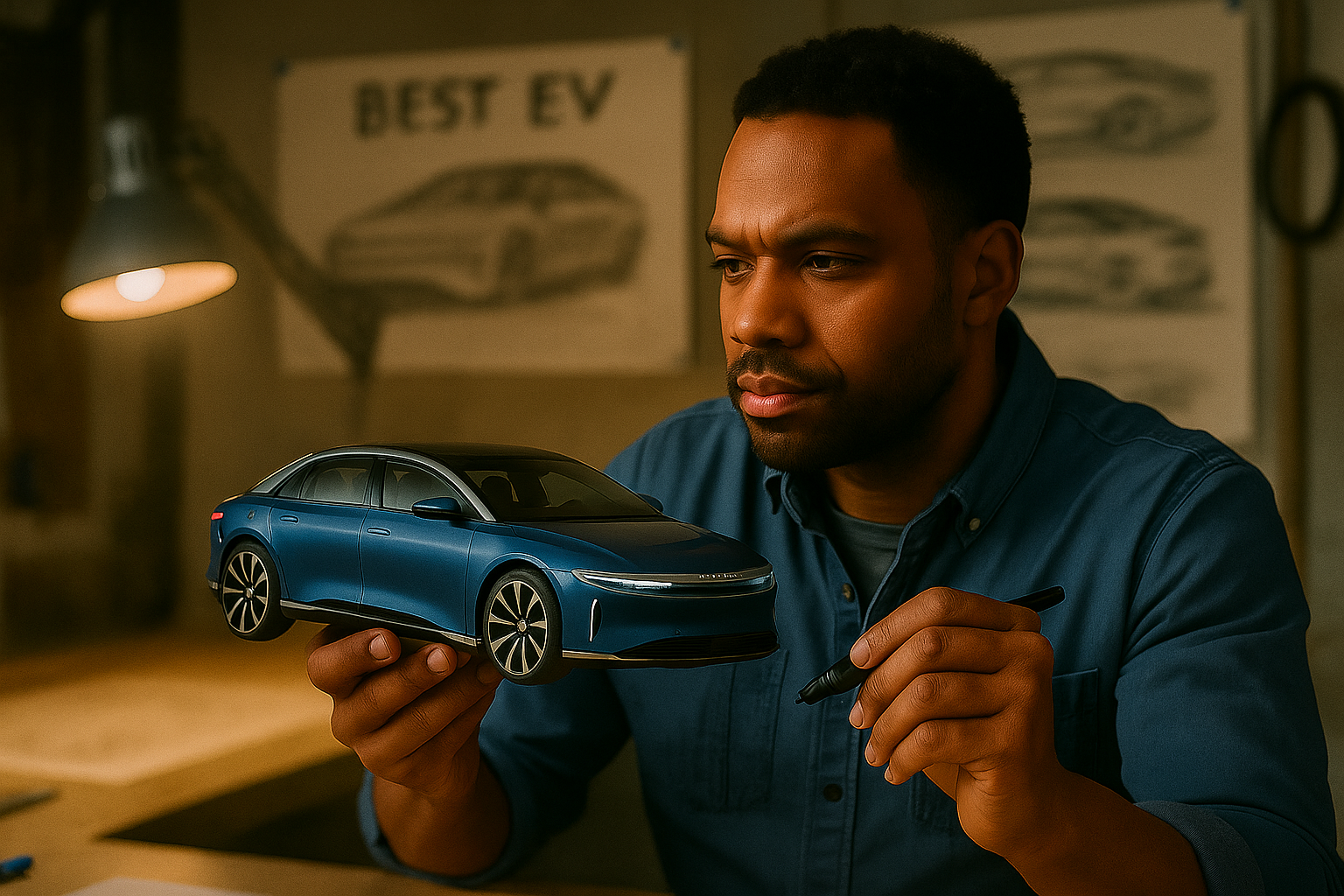
Just over a year ago, Lucid Group entered 2024 as one of the electric vehicle industry’s most hyped stories. At the time, retail investors and EV enthusiasts alike were swept up in the belief that Lucid could become the next Tesla—a “millionaire-maker” stock that would transform early believers’ modest investments into generational wealth. But as we pass the one-year mark since these bullish dreams hit their fever pitch, the question must be asked: where does Lucid stand now, and what does the reality of its long-term bet look like?
The Rise: High Hopes and Lofty Valuations
Lucid’s stock—traded on the NASDAQ as (NASDAQ: LCID)—rocketed on waves of optimism. In late 2023 and early 2024, the company boasted a best-in-class luxury EV sedan, the Air, with an EPA-estimated range exceeding any competitor. Lucid’s CEO, Peter Rawlinson, formerly the chief engineer on the Tesla Model S, projected confidence in the company’s ambitious plans to take market share from legacy luxury automakers and, in time, scale up production to rival industry giants.
Retail investors were further encouraged by Lucid’s partnerships and the backing of Saudi Arabia’s Public Investment Fund, which provided both financial firepower and a global distribution network. Headlines touted Lucid as the “next Tesla,” and many investors believed a 5-10x return was not just possible, but likely.
The Reality: 1-Year Performance and Operational Struggles
However, the past year has served as a reality check for Lucid and its shareholders. After peaking during the speculative EV boom, Lucid’s share price has faced pressure from a range of operational and macroeconomic challenges. Supply chain disruptions, high interest rates, and intensifying competition in the EV space have all taken a toll.
Production numbers for Lucid Air have consistently fallen short of original projections. The company set a goal to deliver over 20,000 vehicles in 2024, but as of mid-2025, actual deliveries have been substantially lower. This shortfall is due not only to supply constraints but also to softer-than-expected demand at the ultra-premium price point. As more luxury automakers, from Mercedes to BMW, have rolled out their own high-performance EVs, Lucid’s first-mover advantage has narrowed.
Financially, Lucid’s burn rate remains a major concern. While the company still has substantial backing from Saudi Arabia, it continues to post significant quarterly losses as it invests heavily in manufacturing capacity and research and development. As of the latest filings, Lucid’s cash runway is projected to last another 18-24 months at current burn rates—an improvement, but hardly reassuring for those seeking near-term profitability.
The Long-Term Bet: Innovation and Expansion
Despite these challenges, Lucid continues to make big bets on its long-term future. The company is pushing forward with the development of its Gravity SUV, which is expected to broaden Lucid’s market beyond the luxury sedan segment. Management also touts a robust technology pipeline, including advancements in battery systems, in-house electric powertrains, and proprietary software.
Lucid’s international ambitions remain another cornerstone of its strategy. In partnership with the Saudi government, Lucid is building a manufacturing plant in the Kingdom, aiming to tap into both Middle Eastern and European markets. The hope is that geographic diversification will help buffer the company against softer North American demand and provide a foundation for future growth.
The Investor Perspective: Millionaire-Maker or Cautionary Tale?
For investors who bought into the “millionaire-maker” narrative a year ago, Lucid’s performance has been sobering. Shares are far below their early 2024 highs, and the company’s path to profitability is less clear than once imagined. Still, some bulls argue that Lucid is playing the long game—building a brand and technological foundation that could pay off as the global EV market matures.
Wall Street analysts remain split. Some see Lucid as a high-risk, high-reward play for those with a multi-year time horizon and a strong stomach for volatility. Others caution that the company’s luxury focus, high fixed costs, and competitive headwinds could make long-term success elusive. What is clear is that Lucid’s journey from hype to reality is emblematic of the broader shakeout happening across the EV sector.
Conclusion
Lucid’s story over the past year serves as both a cautionary tale and a testament to the challenges of building a sustainable business in an emerging industry. The dreams of overnight riches have faded, replaced by a more nuanced appreciation of the risks and rewards involved in betting on the future of transportation. For those still holding shares, Lucid’s long-term bet is far from over—but it may take years, not months, to know whether those early millionaire dreams were grounded in reality or destined to remain just that: dreams.
Disclaimer: This article is for informational purposes only and does not constitute financial advice. Please conduct your own research or consult with a licensed financial advisor before making any investment decisions.





